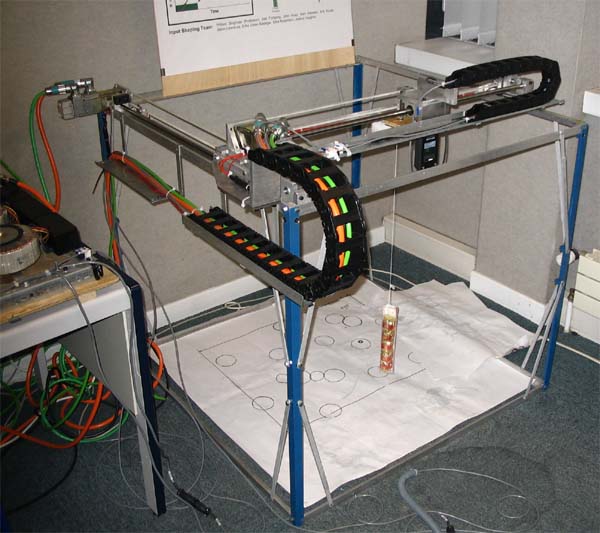This year, I began cycling at the Dick Lane Velodrome in East Point. It has been some of the most intense and exciting racing ever. I have been participating in the Monday nights “Advanced Training” and then the weekly training races. All competitors are split into 4 groups: A, B, C, and D, each decreasing in average rider skill and experience. Each rider starts his/her career in the D group and moves up by scoring points in the weekly training races. The points do not hold any real value and are mostly in place to encourage people to participate regularly. A new racer needs to earn 50 points to advance to the C group, an additional 84 points to advance to the B group, and an additional 105 points to advance to the A group.
The D group has its training races on 1st and 3rd Tuesdays, while the A, B, and C groups compete weekly on Wednesdays. The remaining 2nd and 4th Tuesdays host a Pursuit night where any rider can participate in individual pursuit, team pursuit, and team sprint events. The points earned during pursuit nights count toward a rider’s total when upgrading to a higher group.
Additionally, each rider is responsible for keeping an accurate resume of his/her points despite a master list compiled by the East Point Velodrome Association. My resume will be updated throughout the summer leading up to the 3rd Festival of Speed, a heavily spectated, tri-summer racing event boasting cash payouts!
My cycling resume at DLV for 2008:
Point Totals: 129 points
B-Group: 5 points
C-Group: 47 points
D-Group: 55 points
Pursuit Nights: 19 points
Friday Night Sprints: 3 points
Continue reading “2008 Track Cycling Season” →


